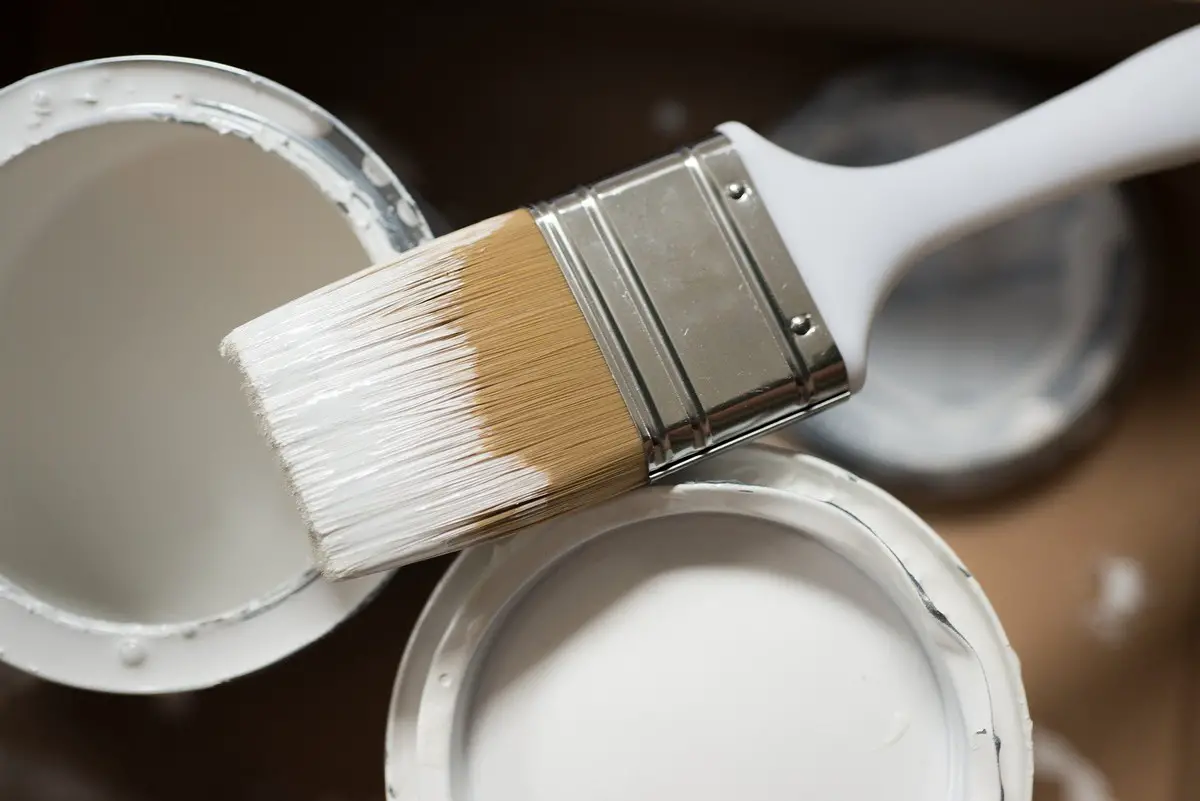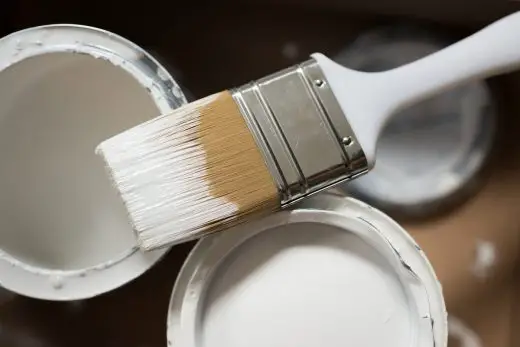How to paint a room, a guide for beginners advice, Home painting guide, Property style tips
How To Paint A Room, A Guide For Beginners
12 July 2021
7 tips to paint your room perfectly first time
Painting a whole room can seem like a daunting task before you do it for the first time. We are here to reassure you that if you prepare properly, painting a room is a task anyone can do.
In this article, you will find a 7 step guide to painting a room (don’t worry, 2 of those steps are picking what color of paint to use).
Carry on reading to a beginner’s guide to painting a room.
How to paint a room – Pick your paint
The first two steps you need to make when it comes to painting a room are to pick the color and finish of paint you want for your room.
-
How to paint a room – Pick your color
While this choice is entirely yours to make, we can offer you a few pieces of advice.
Avoid trendy colors. Trends come and go so quickly that you’ll find yourself needing to repaint every 18 months to keep up with them.
Avoid dark colors if the room is small and/or dark. Light colors can make a space look so much bigger.
-
How to paint a room – Pick your finish
The type of finish your room needs will depend on the following factors:
- Do you have pets? (Avoid matte finishes)
- What do you want to use the room for?
- Is it a damp room?
- Do you have children? (Avoid matte finishes)
If you are looking for a guide to picking Satin or Gloss paint, visit this page.
Prepare the room
If you get this stage right then the rest of the job will be incredibly easy. Preparation is the key to doing a job successfully.
-
Remove/cover your furniture
The first step is to prepare the room. No matter how careful you are, the paint will go into places you don’t want it to.
To be safe we would recommend moving everything you can out of the room and covering up anything you can’t move.
It may seem like a lot of effort, but it will save you a lot of grief in the long run.
-
Clean your walls
While you can paint directly on top of other paints, it is important to clean your walls before laying down your base coat.
Any dirt that you don’t get off can cause damage to both your walls and the paint job itself. Cleaning is essential if you want the paint to last for more than a 12 month period.
We recommend using sugar soap and some scourers. These won’t damage your walls, but they will be efficient.
Just a warning, you’ll be shocked by how much grime you get off your walls.
-
Tape over the edges and outlets
This is a tip we learned from a professional painter and it has rocked our world. Line the top and bottom of your walls with painting tape. This will prevent the paint from getting on the floor or ceiling.
When you peel it away after you have finished painting you will be left with a neat, crisp line. This also works well if you are looking to paint geometric shapes on your walls.
We also use this method to prevent getting paint on our light switches and power outlets. If you can’t find painting tape, masking tape also works well.
Painting
Finally, it’s time to paint. If you have done everything above then it will be pretty plain sailing from here on out.
-
Apply multiple, even coats of paint
The first layer of paint you will want to put down is your base coat or primer. This will make the colors of your walls more vibrant and extend the life of the paint.
Then you will want to lay down at least three coats of your color of choice. If the color is pastel or the old paint on your walls is quite bright you may want to do more than three layers.
-
Leave enough time for the paint to dry between coats
A lot of people make the mistake of not leaving enough time for their paint to dry between each layer.
Why? Because leaving the paint to dry for 18+ hours really adds on time to the job. We can understand the temptation to push through things a little quickly – but in the long run, you are just making more trouble for yourself.
Not letting your paint dry can lead to lumps on your wall, staining, and peeling. It can lead to damp patches that can permanently damage your walls too.
Comments on this guide to How to manage emergent change in architecture work article are welcome.
Property Painting
Painting Your Home
Advantages of painting exterior of your house
8 reasons to paint your home or office
Top 10 things to know before painting a room
Buildings
Contemporary Property Articles – architectural selection below:
BRICKS, Hauptstraße, Berlin, Germany
Design: GRAFT

photograph : BTTR GmbH
BRICKS Berlin Schöneberg
Comments / photos for the How to paint a room, a guide for beginners advice page welcome






